We're all acquainted with the venerable expression, "Like father, like son." But how much further on the branches of the family tree does this situation extend? Might there also be something along the lines of "Like uncle, like nephew?"
Shukan Post (Aug 11) thinks this point is worth considering because of the outcome of the 15-day Grand Sumo tournament that ended in Nagoya on July 23. In a playoff match, 24-year-old Mongolia-born sekiwake (junior champion) Hoshoryu defeated veteran makunouchi (rank-and-file) grappler Hokutofuji to secure victory with a record of 12 wins and 3 losses.
This winning performance also gave Hoshoryu a total of 33 wins over the three most recent tournaments, thereby qualifying him for promotion to ozeki (champion) -- sumo's second-highest rank and the last stepping stone to the exalted rank of yokozuna (grand champion).
While winning a tournament is certainly a good thing, Shukan Post qualifies Hoshoryu's Nagoya victory on the grounds that he had faced less competition: two upper-ranked grapplers, yokozuna Terunofuji and ozeki Takakeisho had withdrawn due to injuries.
"Without a yokozuna and ozeki to compete against, I get the feeling that there was something inadequate about Hoshoryu's performance," is how entertainer Kon Omura put it.
The Japan Sumo Association had been hoping for a "triple ozeki promotion," but the other two sekiwake, Daieisho and Wakamotoharu, underperformed and will be back to square one come the next tournament.
With Hoshoryu's promotion three out of four of sumo's top-ranked wrestlers are Mongolian-born, an imbalance that has persisted in Japan's native sport for the last two decades.
"At least 33 victories over three tournaments to be eligible for ozeki promotion is now an official requirement, but some believe the sumo association was willing to lower the hurdles for ozeki promotion as presently ozeki are down to just two (Kirishima and Takakeisho), both of whom are threatened with demotion if they don't achieve a majority of eight wins in the September tournament.
Hoshoryu, the oldest of five children, is the son of a retired police official in Mongolia. His next-younger brother is a practitioner of mixed martial arts, and the brother beneath him belongs to the Shin-Nihon Pro Wrestling association, where he competes under the name Blue Wolf.
Hoshoryu's resemblance to his uncle is also unmistakable.
"There's no doubt whatsoever that he's been influenced by his uncle, Asashoryu," says a sumo reporter. "Even his movements in the ring, such as the way he smacks his mawashi (belly band) after throwing salt resembles his uncle's style."
Asashoryu, almost invincible in the sumo ring, unfortunately had a mean streak that earned him a reputation as a troublemaker. He was accused of bullying younger wrestlers and also got into scraps when out on the town. In February 2010, only a few days after winning his 25th tournament victory, Asashoryu was involved in a brawl in the Nishiazabu district of Tokyo in which his adversary reportedly suffered a broken nose. The details were never made public, but the powerful Yokozuna Promotion Committee, which advises the Japan Sumo Association, made the unprecedented move of calling for Asashoryu to retire. He was only 29 years old and at the peak of his career when he left the sport.
Now some people are worried that Hoshoryu's disposition and temperament may be too close to his illustrious uncle's for comfort.
A reporter raised Hoshoryu's uncle's reputation for wild behavior when in his cups during the post-tournament press conference.
"I don't drink that much," Hoshoryu replied. "But yesterday I had a few drinks for the first time in a long time, and it tasted good."
A veteran sumo reporter recalls that when Asashoryu was first starting out in sumo he practiced hard and with enthusiasm, but as his socializing (and drinking) increased, he changed. And unfortunately his stablemaster Takasago took a hands-off approach to disciplining him.
"I don't think we can say there's zero possibility Hoshoryu will behave in a similar way, but his stable, Tatsunami, is widely known for its close relationships and isn't plagued by bullying of apprentice wrestlers or violent behavior," the reporter continues. "Its senior wrestlers tend to take the initiative, which is why Hoshoryu also practices hard."
The reporter is less concerned with Hoshoryu's character than it is over the fact that he hasn't managed to adopt a consistent fighting style but instead often resorts to leg trips and other tricky techniques.
"His almost acrobatic 'circus sumo' is exciting for the fans, but there's a strong consensus that an ozeki with a well established style is more likely to achieve a stable record," he remarked.
Hoshoryu's stablemaster Tatsunami told reporters, "Recently, I think he's been adopting a style with direct frontal attacks, and I hope that he will be able to charge forward like he did against Hokutofuji in the championship playoff. His winning the championship and being promoted to ozeki will help him to improve his sumo."
Things should become more evident, Shukan Post believes, after Hoshoryu makes his ozeki debut in the September tournament.
© Japan Today


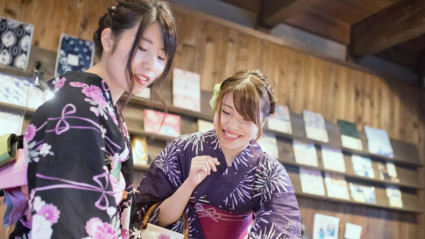

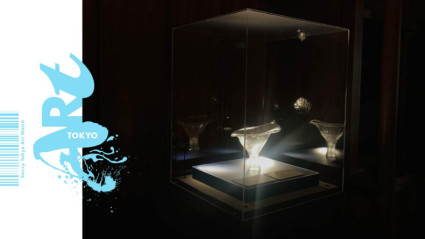
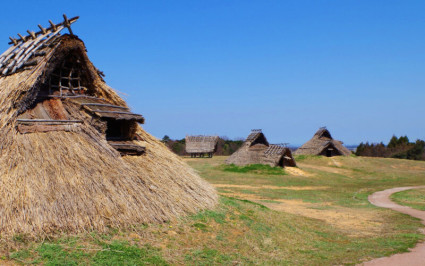
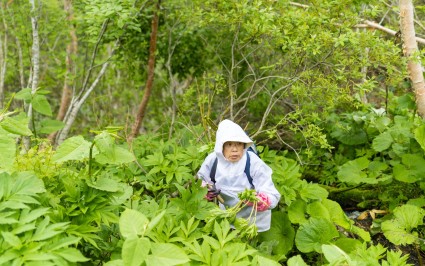
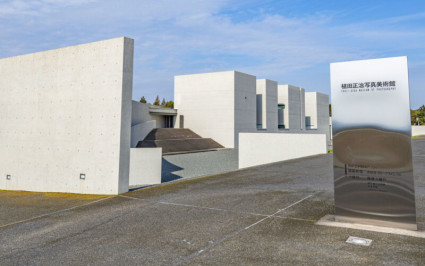
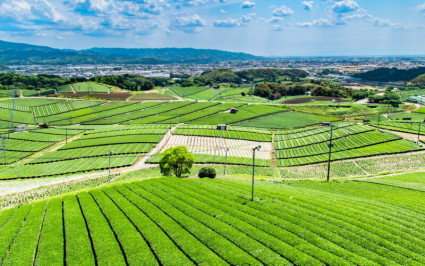
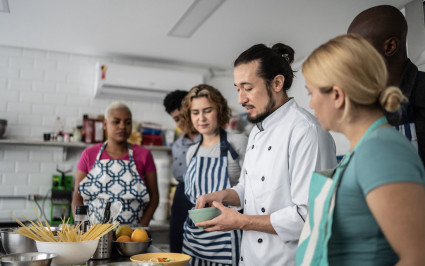
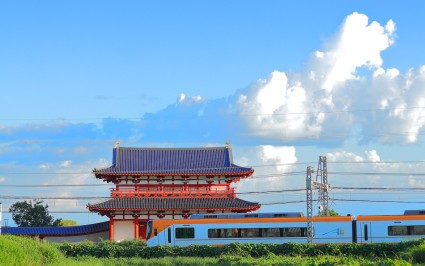

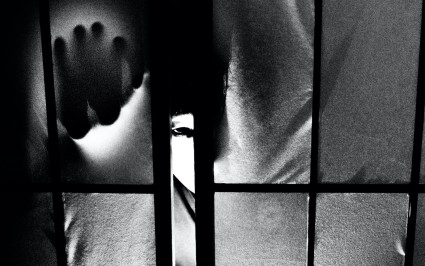

4 Comments
Login to comment
Mocheake
Asashoryu was going to break all of the records before he gave the Japanese an easy excuse to toss him out. I loved his non-conformist ways and refusal to let them mold him. If this kid is the real deal like his uncle, he'd better be extra careful. They are already focused on him just due to his family tree so if he's anywhere near as successful they'll be looking for any reason to get rid of him too.
Debbie D'Oyley
I'm new to Sumo these last 2 or so years. But...
I'm a little surprised that you completely overlooked Hoshoryu's actual behaviour during the July Basho,. It's worth mentiioning because, I have to say, that it was noriceably different from previous Basho. He seemed calmer, more focused, more mature, possibly? Particularly knowing how much he coveted a Yuushō (I saw his interview with Hiro Morita in which he confessed that he felt like the odd man out in the Sanyaku before Wakamotoharu's promotion) even more than the Ozeki promotion, and in comparison to Daieisho's ever more frantic grasping for Ozeki pushing him further and further away.
I would even go so far as to say he might even have shown us a glimpse of the intangibe "hinkaku" essential to requirements for promotion to Yokozuna! I don't see it in Daiesho or even Takakeisho. Kirishima and my utter favourite Wakamotoharu might have it though.
Most telling for me in July was that this was the first Basho for a long while that Hoshoryu did NOT use a henka manoeuvre at all, not once, but instead, seemed to be able to anticipate it, almost like a superpower, in others. For example, when the usually impeccably honourable (and super-lovely) Wakamotoharu attempted it with disastrous results! Poor Raja Pradhan (for NHK) could hardly get his bearings, he was so shocked at the topsy turvy bout. He didn't outright say, "Hey, that's what Hosh would normally do!" But, he did keep stressing how RARE it was that Wakamotoharu resorted to the Tachiai dodge (i.e. NEVER!).
So, it was this evolution in Hoshoryu's attitude (and the better health of that ankle, of course) and behaviour that convinced me that he had the mental fortitude to take the Yuusho.
My heart did break a little for Hokutofuji, because I like him and his Sumo. His win-loss records really didn't do his performances justice, injuries notwithstanding, so I always felt he could do well. He should take heart from "Iron Man" Tamawashi. Stay healthy and injury-free and he will get another chance.
When I appreciate how wrestlers often fight injured because of the impact of make kochi, as a doctor, I really feel that some concession should be made for injured wrestlers in terms of pay and demotion protection. If not, then more jurisdictional protection should be added, like banning the henka, and cautioning wild street brawler wrestlers like Tobizru. These two interventions would afford these extra-large sportsmen a little extra protection to avoid preventable injuries. It made me almost angry to see Tobizaru's reckless style which put paid to 8 months of the Yokozuna's rehab (after Nishikigi's legit beltless throw) in comparison to many rishiki's style, Hoshoryu and Golden Rookie Hakuoho included, who pulll their power at the Dohyo edge once they know their kimarite has won them the bout, safeguarding their opponent. Not so Tobizaru.
Aaaaanyway, Hoshoryu will not become like his uncle, Asashoryu.
Moonraker
Such BS. At the end of the day it is just two fat guys trying to push each other over and it shouldn't matter how they do it as long as it's within the rules. Change the rules if they don't like "tricks".
NCIS Reruns
It wasn't just Asashoryu: at least two other Mongolians, yokozuna Harumafuji and sekiwake Ichinojo, also had serious drinking problems. Given the walking wounded status of the current upper-ranked rikishi, I think Hoshoryu has great potential to rise to the top -- if he can avoid injury and stay sober.